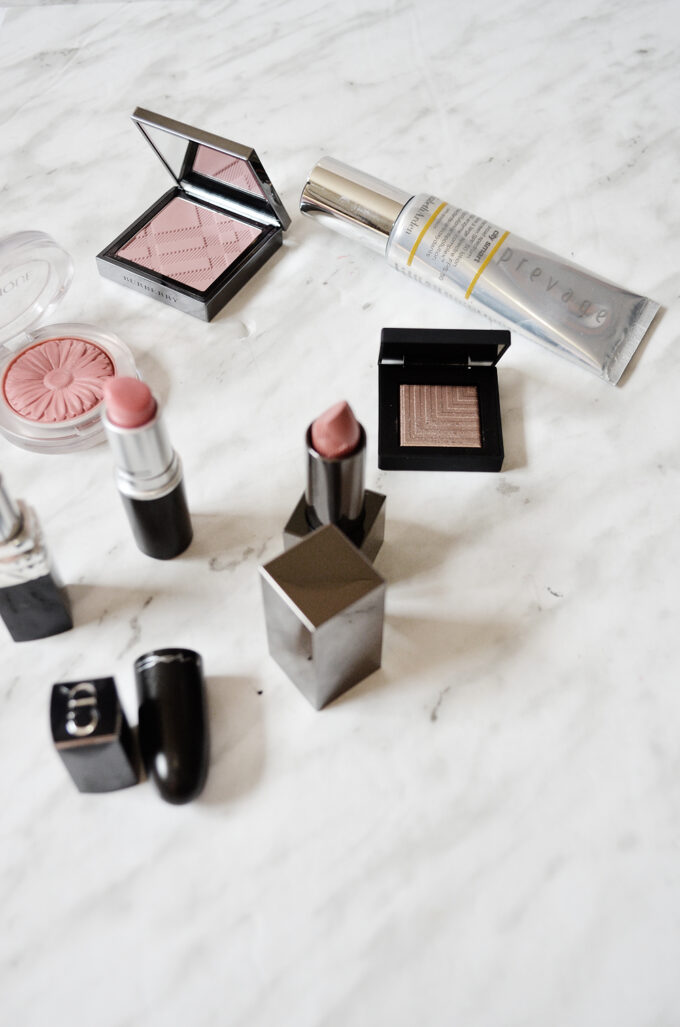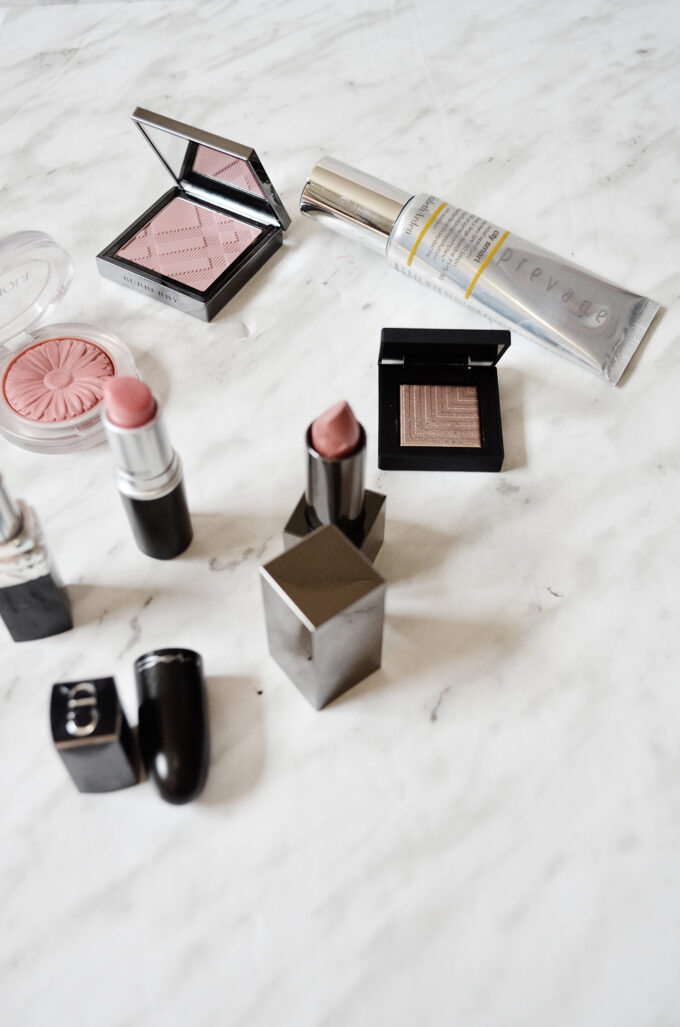While cleaning your makeup brushes is an oft repeated message that every girl sticks to, I rarely hear anything about taking the time to sanitize makeup. For the longest time, I did not even know that I needed to ever “clean” my makeup. My epiphany came when I realized that I wanted to apply a lipstick that I haven’t used in four-five months when I visited my parents’ during Christmas and my first thought was “Ewww!”
Good thing I discovered this earlier on in my makeup career.
While you can’t see the dirt or germs or bits of nasty things on your makeup, it’s equally important to sanitize your makeup as it is with your makeup brushes. This applies not only to products that you haven’t used in a while, but also if you were using someone else’s or received a used product through a swap or makeup blog sale as well as makeup you use on a regular basis.
Huh, what was that last point? Think about it this way – your makeup is constantly exposed to the elements and sometimes, without realizing it, you may even double-dip your brush whilst you’re touching up your face, thereby transferring a bit of the sweat and oil from around your nose to your compact.
Nasty right?
I highly encourage you to clean your makeup several times a year (I usually do it every couple of months, around 2-3 months) to keep your products sanitary and as germ-free as possible!

How To Sanitize Makeup
So, how do you actually clean them? Different products means there are different approaches to the cleaning process. Some are easier than others, while there will be products that you won’t need to clean at all or simply have to throw away. The only tool you’ll need is a high-concentration rubbing alcohol. Anything in the range of 70-90% is ideal – the higher the better and just as long as you are not sensitive to them!
Tips: I put my rubbing alcohol into a spray tube to make it easier to clean certain products.
Before we start, I know that not everyone is comfortable using rubbing alcohol or may have sensitivities to it that would render this guide useless. To the best of my ability, I have provided alternatives for each product type. My general rule of thumb is to remove the upper layer of the product when possible, either with a makeup spatula or a clean makeup wipe to ensure your product “freshness”.
1. Pressed Products: Powder, Eyeshadow, Blush
For pressed powder or eyeshadow that are in pans, simply spray your products several times at a 5-10 inches distance and let the alcohol air dry. In my experience, this has not damaged the quality of my face makeup in anyway – the pigmentation, texture remains the same as it was before.
2. Cream Product: Foundation, Eyeshadow, Blush, Concealer
There are two alternatives with cream products. First, you can remove the top layer using a makeup spatula, which is the part that is most used or exposed to dirt or makeup brushes. This option is better if you’re not comfortable with having alcohol in your product or you have super sensitive skin.
The other option involves using alcohol to sanitize your products. Take a lint-free towelette or makeup wipe, and spray it with a generous amount of rubbing alcohol. Next lightly pat and pick up/remove the top layer.
Read More: How To Save Money on High-End Makeup.
3. Tube Products: Lipstick, Concealer Sticks
I see this done often at MAC counters, and I find that this is the most effective way of removing dirt/build up on your lipstick. Dip your lipstick into a cup of rubbing alcohol, and let dry. The other option is to cut the top most layer using a plastic knife.
4. Other Types of Products
Loose powder is generally quite safe to not clean, simply because not all the products are exposed to the elements. Lipgloss wands are quite tricky as they are very difficult to clean – you end up dipping the wand into the product again anyway. Mascara wands are quite similar to lipgloss wands and they need to be thrown out after 3 months anyways, so you don’t necessarily have to clean it every 3 months.
5. Tools: Eyelash Curlers
I always forget to clean my eyelash curlers simply because I just don’t remember to. I think this is a mistake most people make because it’s not really too obvious when they get dirty. I simply take a napkin, spray it with some alcohol, and wipe the mascara and eyeliner buildup. I also clean the pads so they last longer. I use a q-tip dipped in rubbing alcohol and rub the q-tip on the pads to remove any buildup.
Read More: How To Organize Your Samples.
For those who are not comfortable with the idea of putting alcohol anywhere near their eyes, you can use makeup wipes and micellar water to remove the build up, and wash your tools with baby shampoo or hand soap. Rinse well!
What do you think of this mini guide? Do you sanitize your makeup? What’s your favourite way? Do you have any tips on sanitizing your makeup?

